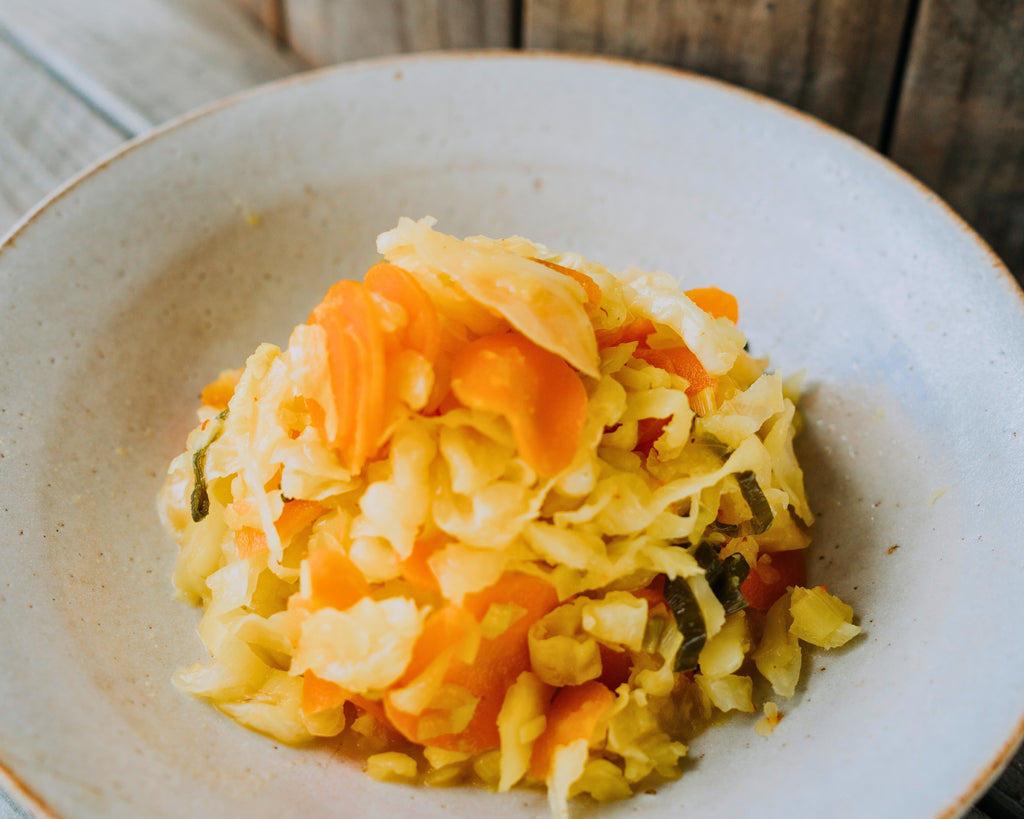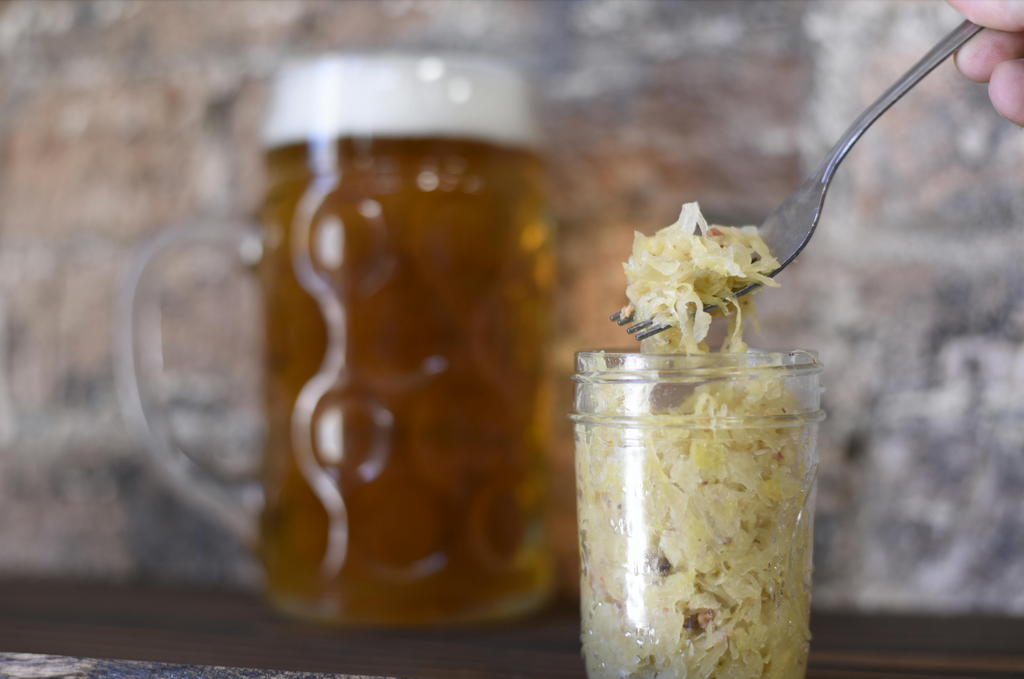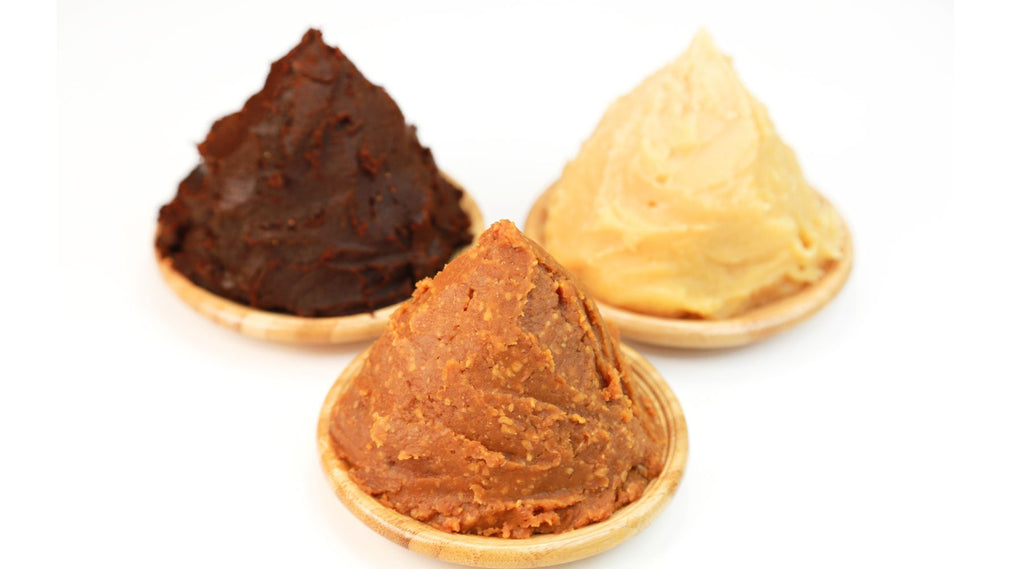The Incredible Benefits of Miso: Why You Should Add It to Your Diet
Miso is a traditional fermented Japanese condiment made from fermented legumes, most commonly soybeans (though we’re not a huge fan of soybeans). It has been used for centuries in various Asian cuisines. While often thought of as a simple ingredient for soups, miso offers much, much more than just a soup enhancer. This humble condiment, rich in fungus, probiotics, vitamins, and minerals, can significantly contribute to overall health, digestion, and disease prevention.
What is Miso?
Traditionally, miso is made by fermenting legumes with salt and a type of fungus called Aspergillus oryzae which is grown on rice. Here’s how it works when we make it: We spend a couple of days inoculating rice with Aspergillus Oryzae, creating just the right temperature and moisture for this fungus to take hold. Aspergillus Oryzae has the amazing ability to digest the complex carbohydrates in rice. Thus, transforming individual grains of cooked rice into an aromatic, semi-fermented cake of rice within 36hours of fermentation. This fermented rice is known as Koji rice. Once the Koji is ready, we will be able to craft miso by combining it with steamed legumes and sea salt. The Koji is mixed with the cooked legumes, it's evenly combined and rolled into miso balls. The miso-balls are packed carefully into an oak barrel, when the barrel is full, it’s sealed and is carefully moved to its resting spot to work its magic over the next few months of fermentation.
The full fermentation process can take anywhere from a few months to several years, resulting in a thick, flavourful paste used in soups, sauces, marinades, dessert and dressings, or maybe just on toast.
Nutritional Profile of Miso
Miso is packed with essential nutrients that promote overall health. Some of the nutrients that miso contains include:
* Protein: legumes are a great source of plant-based protein, and miso retains much of this after fermentation.
* Vitamins: Miso is rich in several B vitamins, including B12, which is often difficult to find in plant-based foods. It’s also super-high in vitamin K which is essential for bone health and blood clotting.
* Minerals: Miso contains important minerals like zinc, copper, and manganese.
* Probiotics: Fermentation produces a wide array of beneficial bacteria, or probiotics, which improve gut health.
*Fungus: Fermentation also produces beneficial fungus. While less spoken about the bacteria, fungus is also an important component of a healthy, well-rounded gut microbiome.
Probiotic and Fungus Powerhouse for Gut Health
One of the most significant benefits of miso is its rich content of probiotics and beneficial fungus. Both beneficial bacteria and beneficial fungus are important to help maintain a healthy gut microbiome. A healthy gut is essential for a healthy life as your gut microbiome plays a big part in determining: immune function, mood, fitness, muscle mass, energy, digestive efficiency, in-body nutrient production, libido, skin clarity, and much more.
Fungus is where Miso comes into its own above sauerkraut and kimchi. During fermentation of miso beneficial bacteria and fungi both multiply, turning miso into an excellent source of live, active cultures.
The Umami Factor: Flavour and Taste Benefits
One of the most delightful benefits of miso is its deep, savoury umami flavour. Umami, which translates to "pleasant savoury taste" in Japanese, is one of the five basic tastes, alongside sweet, sour, salty, and bitter. It is often described as a "meaty" or "brothy" flavour, even though it's not necessarily derived from meat.
Why Does Miso Taste So Good?
The secret lies in its fermentation process. One of the primary compounds responsible for umami is glutamic acid, a naturally occurring amino acid produced during fermentation. The longer miso ferments, the more intense and complex the umami flavour becomes. Miso contains high levels of glutamates, which activate the umami receptors on the tongue, creating a satisfying and savoury taste experience
Miso’s rich umami flavour not only enhances dishes but also reduces the need for excessive salt or fat, making it a healthier way to season food. This makes miso a favourite ingredient for chefs and home cooks who want to elevate the flavour of their dishes
How to Incorporate Miso into Your Diet
Incorporating miso into your diet is easy and delicious. While miso soup is a popular way to consume this flavourful paste, there are many other creative ways to enjoy it:
* Miso Soup: A classic and simple way to enjoy the benefits of miso.
* Salad Dressings: Mix miso with olive oil, vinegar, and honey for a savoury-sweet dressing.
* Marinades: Use miso as a base for marinades for tofu, fish, or meat.
* Sauces: Add miso to sauces for a rich, umami boost.
* Stir-Fries: Stir a spoonful of miso into your stir-fry for added flavour and nutrition.
* Sweets: Add miso to your cookie, brownie or bliss ball recipe to take it up a level
* Toast: You haven’t tried miso till you’ve lathered it on-top of buttered sourdough bread
To Sum it All Up
Miso is a nutrient-dense, fermented food that offers a stack of benefits. Packed with beneficial fungi, probiotics, vitamins, minerals, and antioxidants, miso is a versatile and delicious addition to any diet. Incorporating miso into your meals can help promote long-term health and well-being, all while adding depth and flavour to your dishes.





